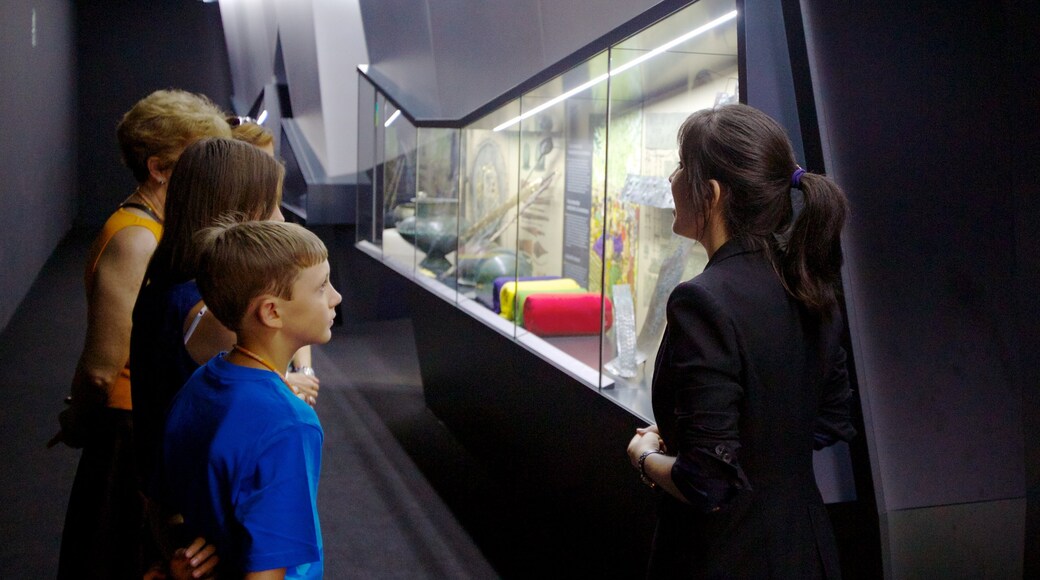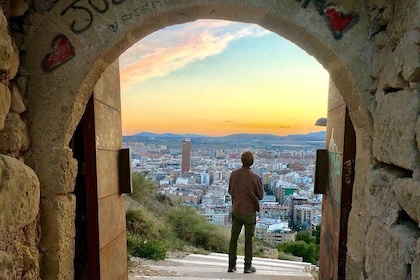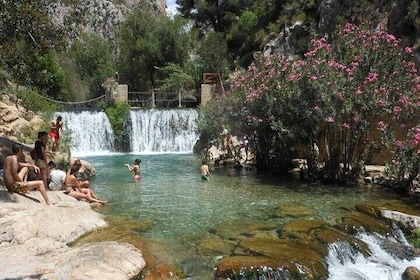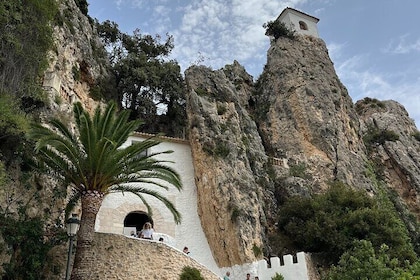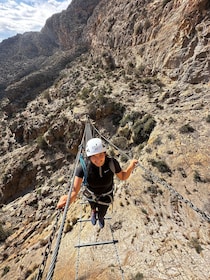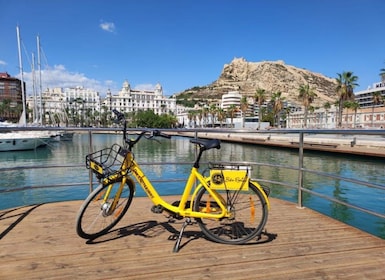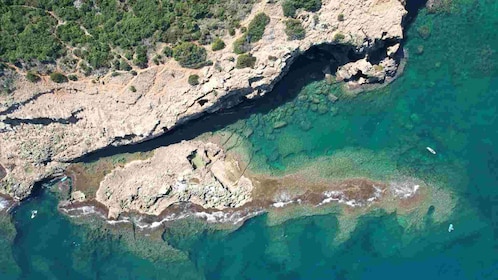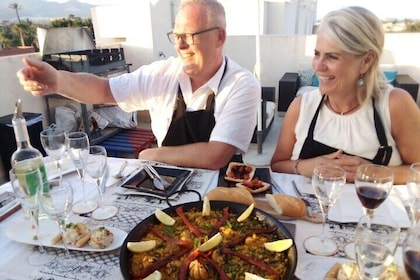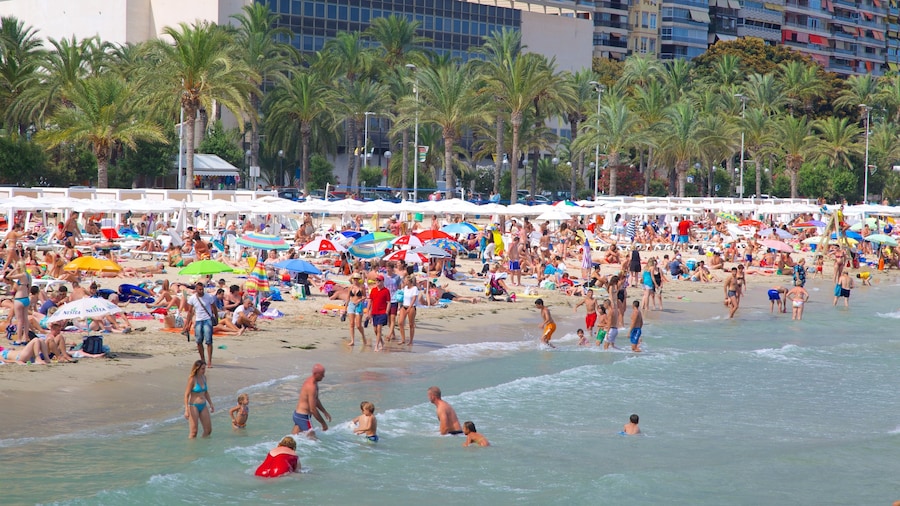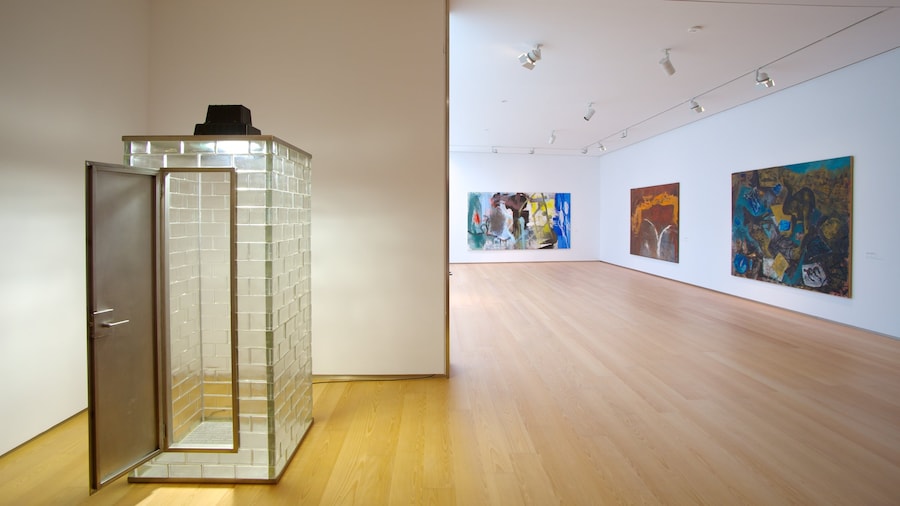With eight permanent exhibitions and interactive and child-friendly displays, it’s not surprising this museum once won the European Museum of the Year Award.
The Archaeological Museum of Alicante (Museo Archeologico Provinciale di Alicante, MARQ)has been one of the major attractions in the city since it won the European Museum of the Year Award in 2004. Doubling as a research and education facility, as well as an engaging tourist attraction, the museum delves into the archaeological processes involved in exploring the local region. The museum is divided into eight separate exhibitions within the permanent collection. Another room of the museum has a steady roster of touring and temporary exhibitions. The museum is largely interactive, making it a great place to bring kids. Information is provided in both English and Spanish.
Learn about the rudiments of archaeology in the museum’s first three rooms. Here you’ll be introduced to the fields of underwater, urban and field archaeology. Investigate archaeology in the context of three important local dig sites: Lucentum, Petracos and Illeta.Once you’ve mastered the methods behind uncovering ancient cultures it’s time to explore the next five rooms. Take a look at the local geography of Alicante before delving into the key periods in its history: prehistory, the Iberian Period, Roman times and the Medieval Age. The final room takes a fascinating look at the social, cultural and environmental influences of these periods on the contemporary and modern age.
Throughout the museum, information is displayed on a range of multimedia devices. Many of the exhibits allow you to “interact” with the former residents of the city. It’s an academic museum, but one that is engaging for children and those without a deep knowledge of Spain’s history, so nobody is left feeling lost.
The Archaeological Museum of Alicante is located just outside the city center, and is served by its own tram stop. Visitors arriving by car will find some parking in the area. The museum is closed Mondays. A modest admission fee applies.
